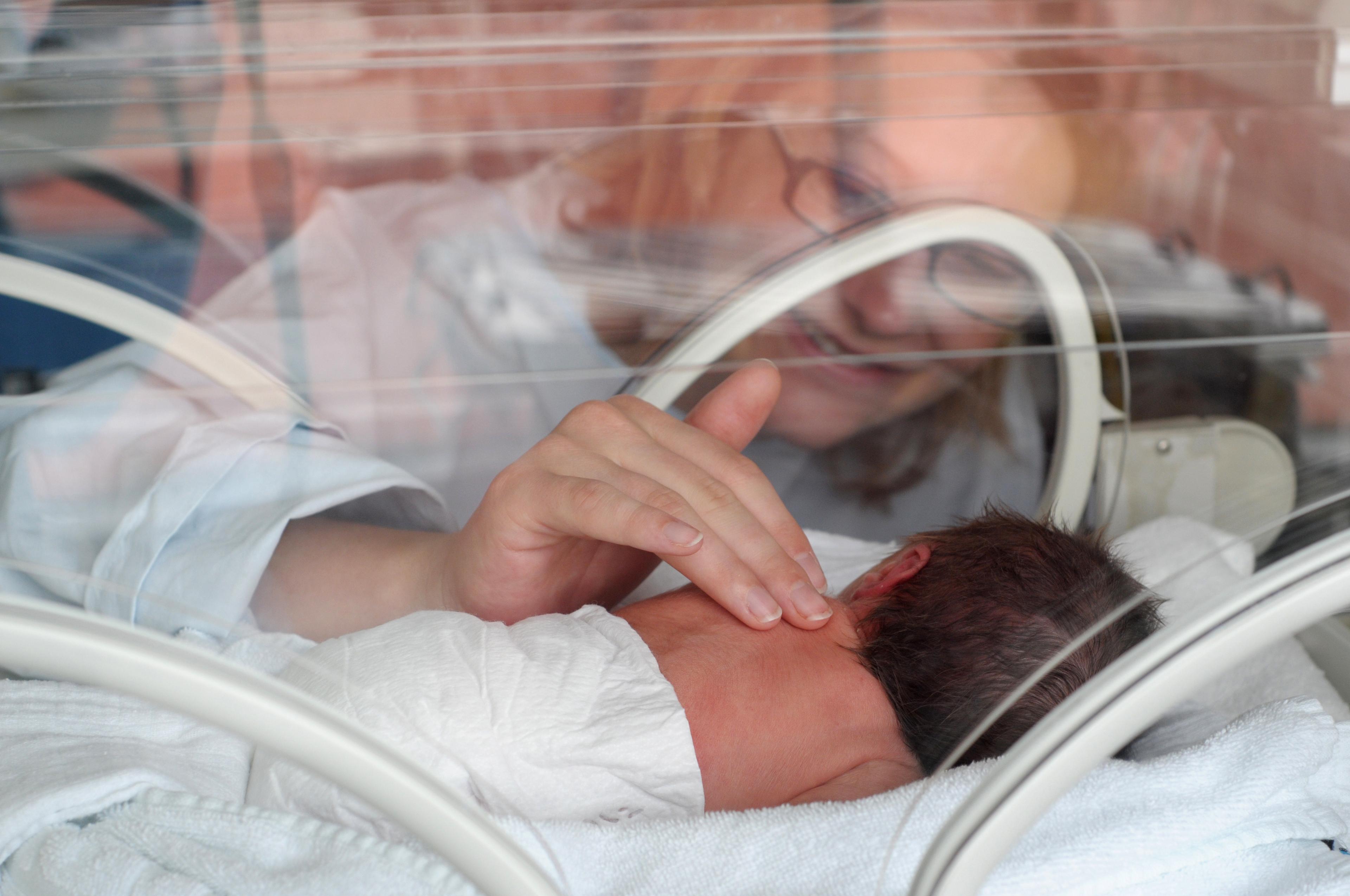Do I Have a Fever? What to Know about COVID-19 and Thermometers
Shandra Martinez
| 3 min read

During the pandemic, temperature screenings have become commonplace. These quick scans of the forehead, or even wrist, with a digital thermometer are used by employers, medical offices and event organizers to screen for COVID-19. Some employers have policies that require sending employees home if their temperature is above 100 degrees.
This is because fever is one of several symptoms of COVID, but other symptoms include shortness of breath, coughing, loss of taste and smell, sore throat and headache. Many people diagnosed with the illness never experience a fever.
Why are temperatures being checked? A fever can be measured and checked externally, which can provide a way to monitor symptoms. It’s less invasive than getting a COVID-19 test, which can take hours or days to provide results. Still, the temperature scans can be imperfect. Not surprisingly, there have been cases of false readings.
What’s a normal temperature? The average body temperature is 98.6 degrees Fahrenheit but varies from 97.7 to 99.5 degrees. Fluctuations may be due to normal changes in the body over the course of the day, your environment, and physical activity.
What is considered a fever during COVID-19? A fever helps fight infection and typically isn’t cause for concern. A temperature isn’t considered a fever unless it’s above 100.4 degrees. As a result of the need to quarantine at the earliest signs of COVID-19, precautions are different during the outbreak. With COVID-19, a body temperature of more than 100 degrees is considered a symptom. In fact, if your temperature is higher than 100 degrees, you are eligible for COVID-19 testing. The Mayo Clinic recommends calling a doctor when your temperature is above 103 degrees or if you’ve had a fever for more than three days.
What can cause your temperature to spike? The sun, a car’s heater, even the infrared light of the thermometer can increase skin temperature. Working up a sweat, exercising or running can result in skin temperature being hotter as your body tries to get rid of that heat. Your temperature can fluctuate by the hour. People can have a lower temperature in the morning after sleeping in a cold room and a higher temperature after exercising or doing housework.
What to do if you show you have a high temperature and you suspect it’s a result of recent exertion or activity? Since your body quickly acclimates back to its normal temperature in about three to five minutes, wait a bit and ask the tester to recheck your temperature. In most cases, it should be back to normal. If your temperature remains elevated, you should contact your primary care provider.
How do temporal thermometers work? Many organizations are using non-contact temporal thermometers, which have an infrared scanner that records the surface temperature of the forehead. They measure temperature quickly and are considered easy to use. But readings can be inaccurate if placement and motion are not carried out properly. Automated thermal imaging cameras are being installed by many organizations for greater efficiency. It is necessary to temporarily remove any face coverings before being scanned.
What can affect thermometer readings? Temperature measurements can be affected by several factors, including the testing location, device preparation and the training of the person handling the device, according to the Federal Drug Administration. Environmental factors, such as room temperature and relative humidity — even if a person is wearing a hat and scarf — can affect temporal thermometer readings, the FDA reports.
While they aren’t a perfect determinant, thermometers are considered important tools in the effort to identify people who might have COVID-19. These protocols are designed to prevent the spread of the disease.
Related:
Photo Credit: Getty





